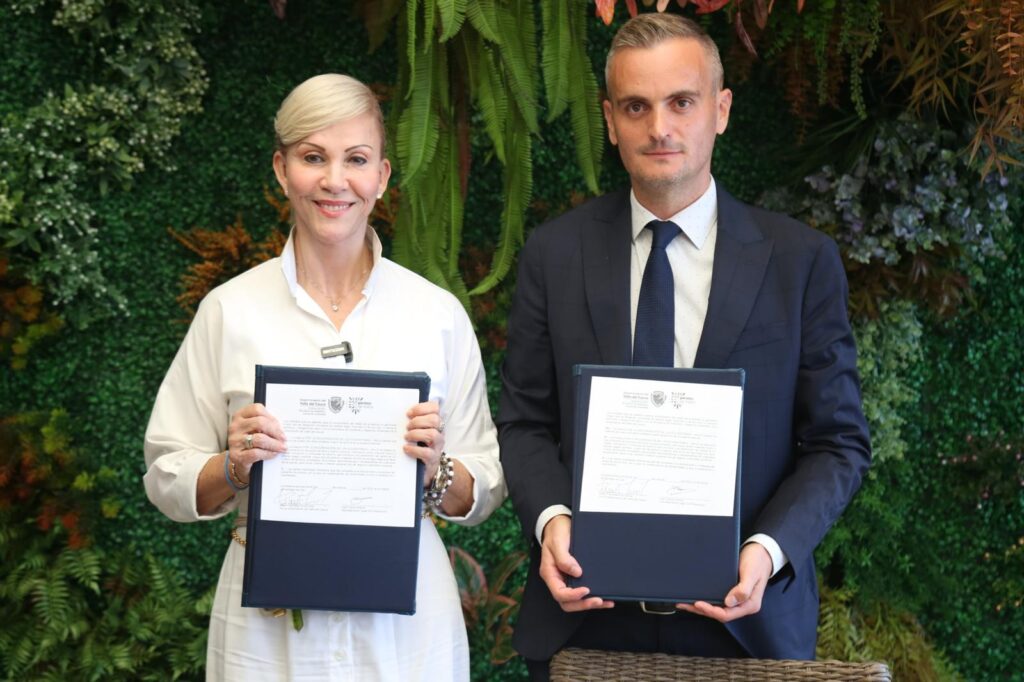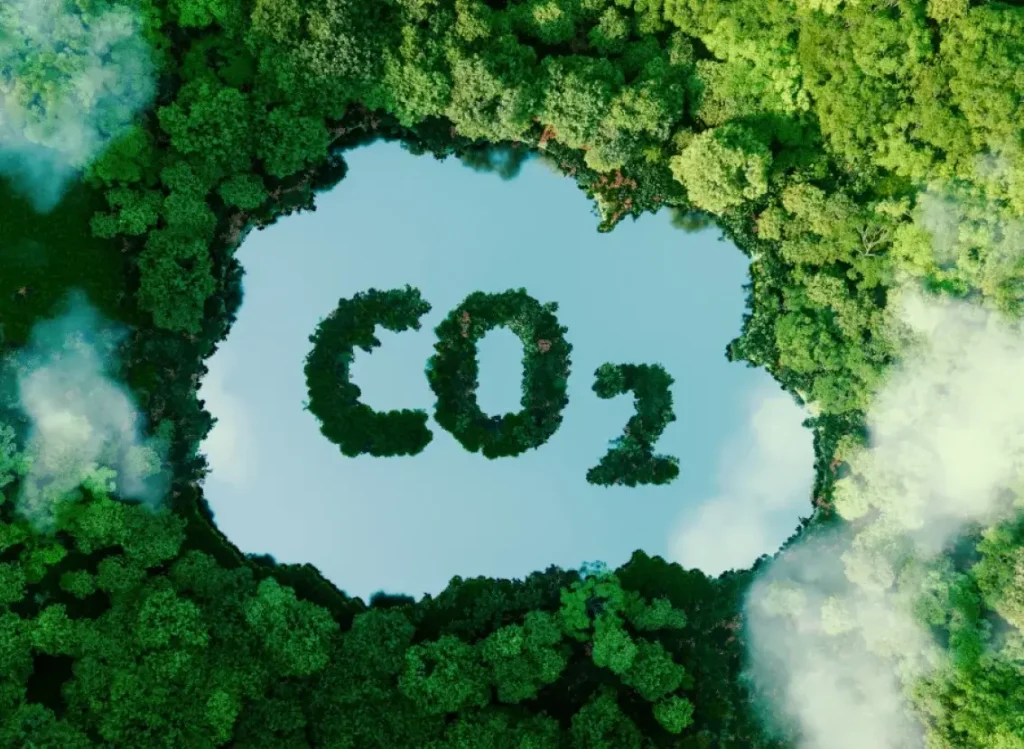The implementation of urban green infrastructure is a key element to tackle environmental problems in cities. To enjoy a better quality of life, it is necessary to build a more resilient and sustainable territory, taking advantage of the resources that nature offers us in an efficient way. Rising temperatures and urban heat island effects (UHI) are environmental challenges we face today that can be mitigated through effective strategies such as urban green infrastructure and ecological restoration.
Effects of Urban Heat Islands
The phenomenon of urban heat islands refers to the increase of temperatures in cities compared to the surrounding rural areas. This effect is mainly caused by the high concentration of impervious surfaces such as asphalt, which absorbs and retains solar radiation. In addition, the lack of vegetation and heat emission from vehicles and buildings contribute to higher temperatures.
Urban heat islands have multiple negative consequences:
- Increased energy demand: The use of air conditioning and other cooling systems increases, raising energy consumption and greenhouse gas emissions.
- Health problems: High temperatures increase health problems, especially among vulnerable groups such as the elderly and children. Heat stroke, dehydration and respiratory diseases are more common in these conditions.
- Deterioration of air quality: Heat intensifies the formation of tropospheric ozone and other pollutants, deteriorating air quality and affecting public health.
The role of urban green infrastructure
With the emergence of environmental problems such as the “heat island”, the importance of vegetation in the urban environment as a natural solution is evident.
Improving urban green infrastructure involves acting on a network of natural and semi-natural areas and other environmental elements in a strategic and planned way with the aim of providing ecosystem services. The implementation of such solutions generates environmental, economic and social benefits that have a direct impact on human well-being. Some of the key benefits are detailed below:
- Minimises the effects of climate change: vegetation acts as a thermal regulator, thanks to its ability to capture different particles, improving water and air quality.
- Preserves biodiversity. Green spaces and vegetation cover provide habitat for a wide range of flora and fauna species.
- Social benefits. The social use of parks and gardens strengthens community ties with the environment.
- Promotes economic growth. Land values increase near green spaces, which also boosts job creation and local economic regeneration.
- Promotes public health and well-being. Indirectly, green spaces can encourage greater physical activity, helping to improve physical and mental health.
Strategies to promote green spaces in cities
To maximise the benefits of developing a green infrastructure strategy, it is crucial to implement concrete actions:
- Select tree species that are indigenous or adapted to the local climate, and that have high shade and evapotranspiration capacity.
- Integrate green spaces into the urban design, ensuring their location in strategic places such as streets, parks, and around buildings.
- Establish maintenance programmes to ensure the long-term health and effectiveness of green spaces.
- Involve the local community in the planting and care of this green infrastructure, fostering a sense of ownership and responsibility towards this environment.
Urban green infrastructure is key to developing smarter, more liveable cities. Through its implementation, we not only align with the UN Sustainable Development Goals (SDGs), but also improve air quality, conserve biodiversity, provide recreational spaces and contribute to carbon sequestration. With proper planning and everyone’s commitment, cities can be transformed into cooler, healthier and more sustainable environments.


